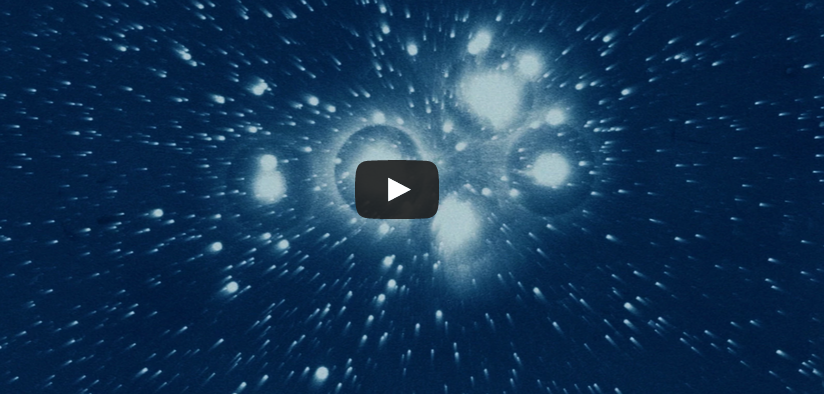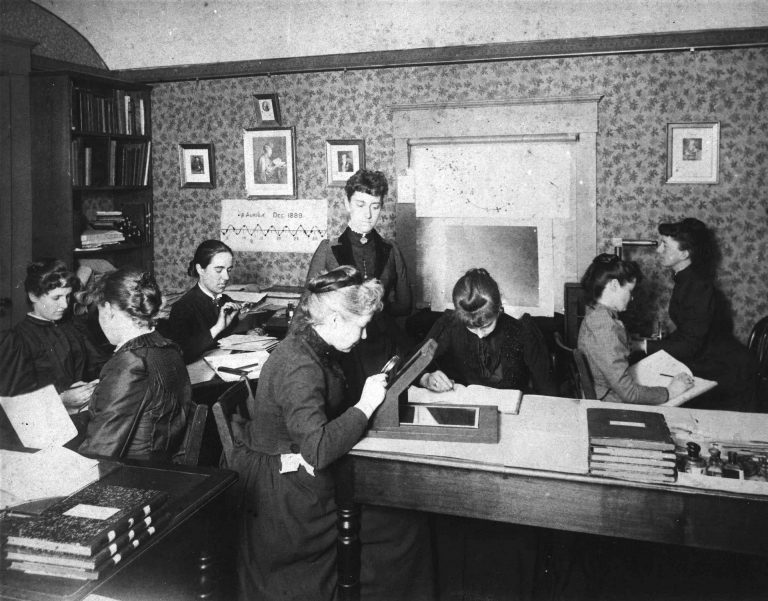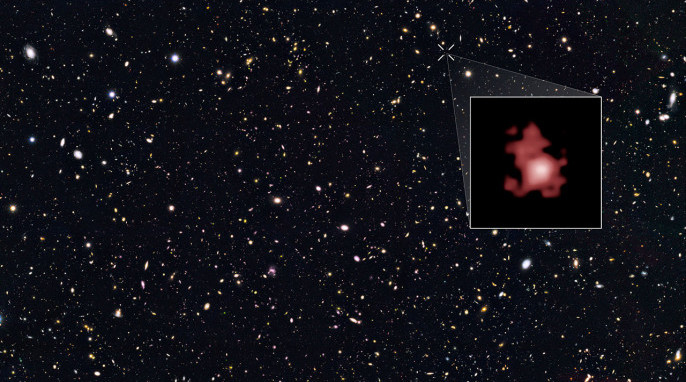Stargazing
For eons, humanity has been fascinated by the stars. From sundials to telescopes, episode five of the Shelf Life series showcases not only the tools that have been used to observe the sky throughout history but also the stargazing technology of the future.
Even though the tools currently in use for observing space are more powerful than ever before, there is still room for improvement. Scientists are working on space-based and land-based telescopes that will capture images of the universe in unparalleled detail.
One new device in the planning stages is the Large Synoptic Survey Telescope. It will use three enormous mirrors and a 3.2-gigapixel digital camera to capture images of a huge section of the sky every 20 seconds, taking stargazing to a whole new level.
“In just a few years, we’re going to be photographing or imaging essentially the entire sky every two or three nights with the Large Synoptic Survey Telescope,” says Michael Shara, Astrophysics Curator at the American Museum of Natural History. “We will be imaging literally all hundred billion galaxies every night, and essentially seeing every supernova as it goes off…at least out to a distance of 10 million light years.”
Watch More Science Videos
Have you seen the first four episodes of Shelf Life? Don’t miss Skull of the Olinguito, Six Ways to Prepare a Coelacanth, Turtles and Taxonomy, or 33 Million Things.
The Shelf Life video series is an original production of the American Museum of Natural History in New York. The series is nominated for the 19th Annual Webby Awards. Cast your vote before April 23!




